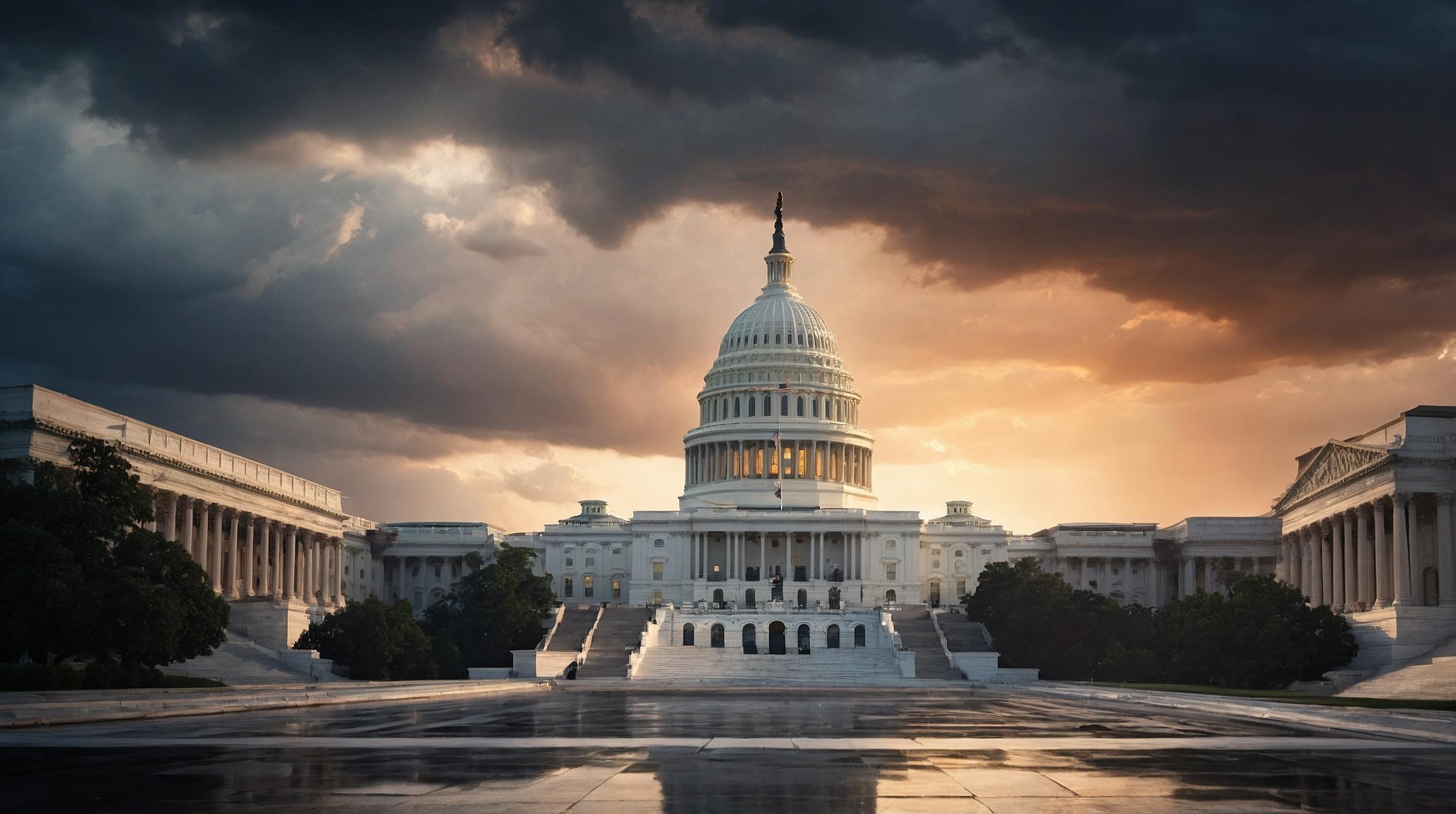Understanding America's National Debt
The national debt of the United States has reached an unprecedented level of $35 trillion. This debt is the total amount of money that the U.S. government owes to creditors. It has grown due to budget deficits, meaning that the government spends more money than it earns from taxes and other revenues. As the debt continues to rise, it poses a potential risk of a financial crisis if not managed properly.
Bipartisan Plan for Debt Stability
Economist Brian Riedl has suggested a bipartisan plan to stabilize the debt and prevent a crisis. A bipartisan approach means involving both major political parties to come to an agreement. The plan aims to keep the debt at 100% of the U.S. economy's size, measured by Gross Domestic Product (GDP), over the next 30 years.
Proposals for Reform
- Tax Changes: The plan suggests increasing taxes on businesses and wealthy households. For example, the top income tax rate would go up by 2.6%, and the Medicare payroll tax rate by 1%.
- Social Security and Medicare: Reforming these programs is crucial as they face funding shortfalls. The proposal includes gradually raising the retirement age and adjusting benefits, ensuring low-income seniors receive a minimum standard benefit.
Challenges of Social Security and Medicare
Every day, about 10,000 baby boomers retire, which means more people are drawing benefits while fewer are paying into the system. This shift is causing a financial strain, leading to a potential shortfall of $124 trillion over 30 years. Riedl suggests allowing more choice and competition in Medicare to help reduce costs.
The Urgency of Budget Reforms
Without immediate action, the risk of a debt crisis grows. If voters and politicians ignore the deficit problem until it becomes critical, the resulting measures will be more severe and painful. Rising interest rates, inflation, and market instability are potential consequences.
Economic Predictions and Market Concerns
Experts suggest that a national debt exceeding a certain percentage of GDP could trigger a crisis. Estimates vary, but crossing 200% of GDP is widely seen as unsustainable. The concern is that the financial markets may not continue to lend money at favorable rates if the debt becomes too large.
Call for Immediate Action
Economist Riedl emphasizes the need for timely reform to avoid drastic cuts or tax increases later. If the bond market loses confidence in the U.S.'s ability to manage its debt, it could force abrupt policy changes to restore stability. The time to act is now, before the crisis deepens.













